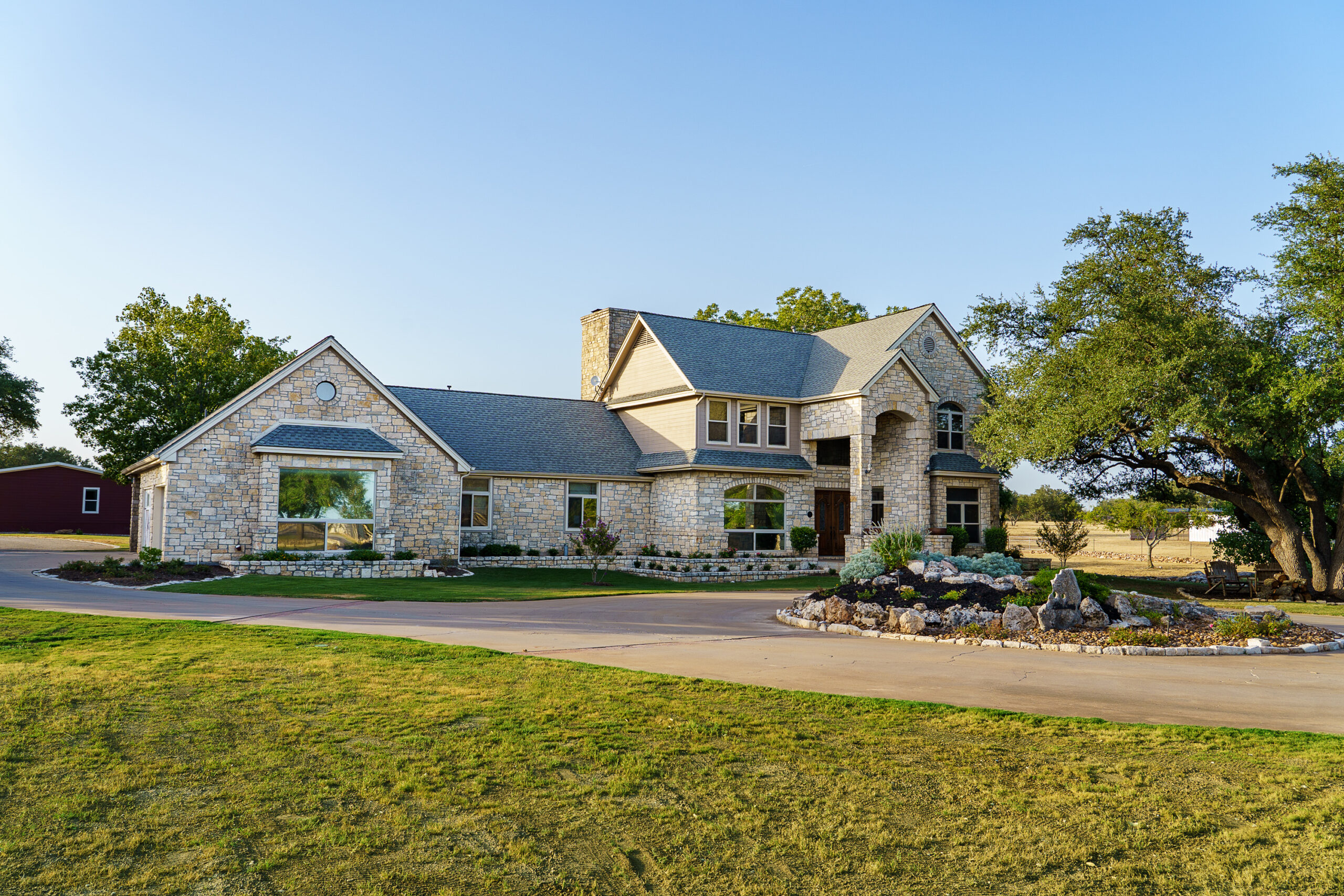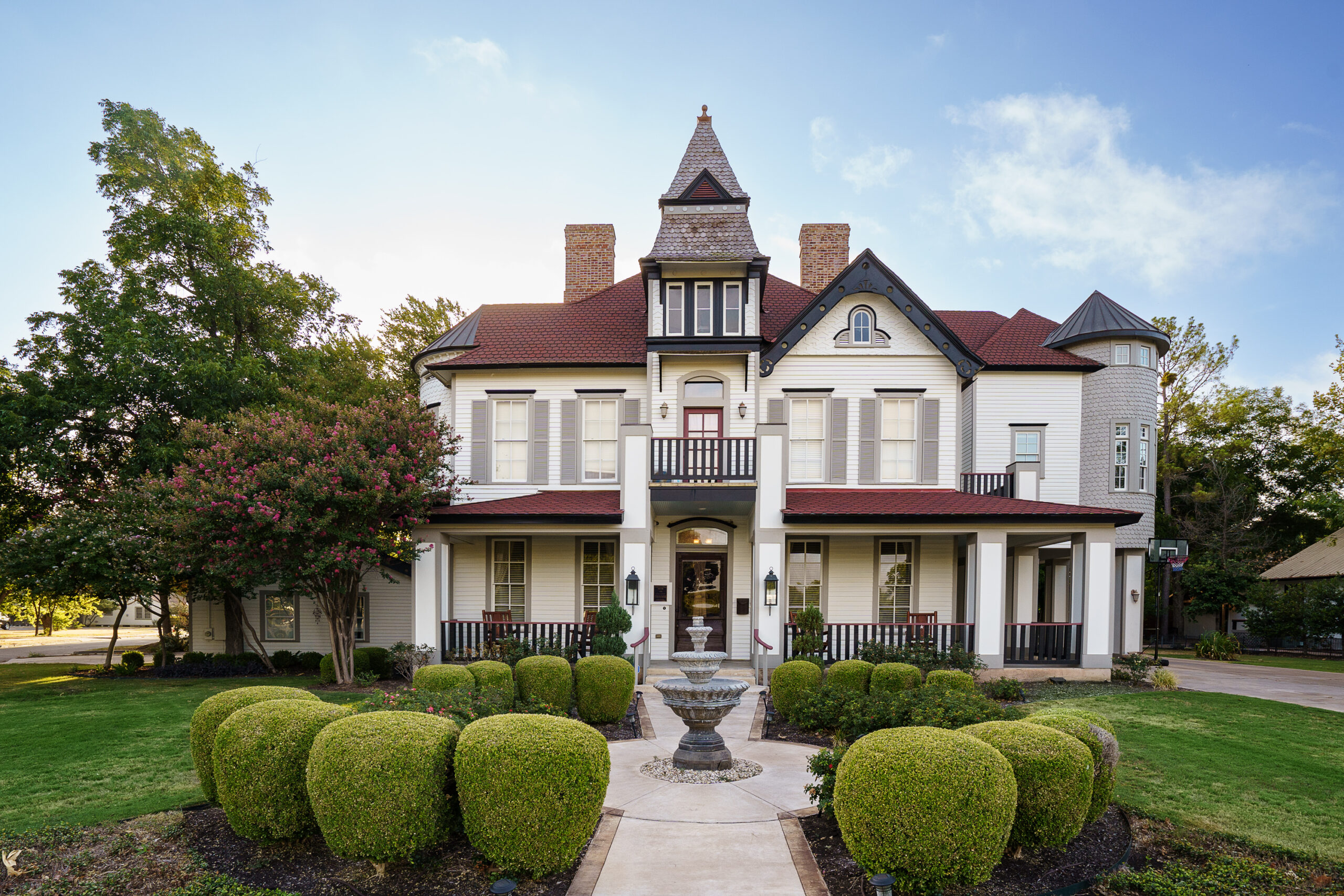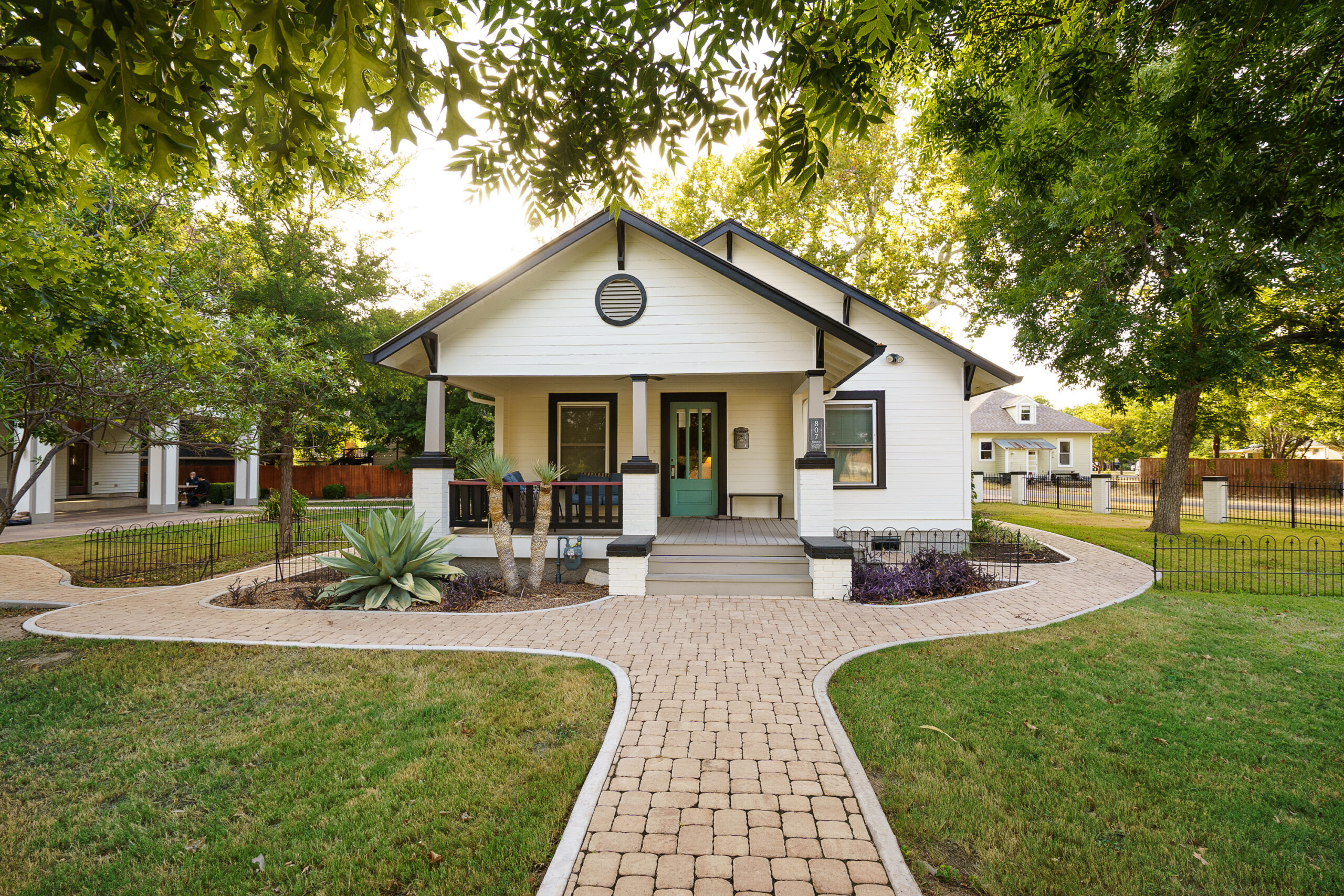What Makes a Successful Treatment Program?
A successful bipolar treatment program for women combines personalized care with evidence-based therapies. At Alta Loma, we ensure that individual needs are prioritized. Our programs are built on the foundation of comprehensive assessments that guide treatment planning. For over two decades, I’ve witnessed the transformative power of tailoring treatment to meet the unique emotional and psychological needs of women, which is essential for long-term recovery.
Programs must incorporate various therapeutic modalities, such as cognitive behavioral therapy (CBT) and dialectical behavior therapy (DBT). From my experience, these therapies empower women to manage symptoms effectively and build resilience. The structured environment at Alta Loma, which includes both primary and extended care, supports a gradual reintegration into daily life, enhancing the likelihood of sustainable recovery.
Personalized Care in Bipolar Treatment
Every woman’s journey with bipolar disorder is distinct, requiring personalized care that addresses her specific circumstances. One of the critical components of a bipolar treatment program for women is individualized attention. By developing unique treatment plans, we address not only the symptoms but also underlying issues that contribute to mental health challenges.
In my role at Alta Loma, I’ve found that involving women in their treatment planning fosters autonomy and self-efficacy. Active participation helps them feel a sense of control over their recovery, which is crucial for maintaining progress post-treatment. Our goal is to empower women to advocate for their needs and make informed decisions about their health.
The Role of Family and Community Support
Family and community support are vital to the success of a bipolar treatment program for women. At Alta Loma, we prioritize the integration of family sessions and community resources into our treatment plans. Experience has taught me that involving loved ones in the process aids in building a robust support system that extends beyond the treatment center.
- Family education sessions facilitate understanding and empathy.
- Community integration activities help maintain social connections.
- Our alumnae network provides ongoing support and mentorship.
When women feel supported by their community and family, they are more likely to continue their recovery journey with confidence and less fear of relapse.
Challenges in Women’s Bipolar Treatment
Despite advances in treatment, bipolar treatment program women face unique challenges. Gender-specific issues such as hormonal changes, societal expectations, and caregiving roles often exacerbate symptoms. Addressing these factors requires a nuanced approach. At Alta Loma, we incorporate these considerations into every treatment plan.
Many women also face stigma, which can deter them from seeking help. During my career, I’ve emphasized creating a safe and non-judgmental environment where women can express themselves freely. By breaking down barriers to treatment, we ensure that women receive the care they need without fear of discrimination.
Another challenge is ensuring continuity of care post-discharge. Our comprehensive aftercare planning at Alta Loma includes creating actionable steps for ongoing support, which is critical in maintaining the gains achieved during treatment.
Steps to Choose the Right Program
Choosing the right bipolar treatment program for women is a significant decision that can impact long-term recovery. Here are the steps to follow when selecting a program:
- Research Potential Facilities: Look for centers like Alta Loma that specialize in women’s mental health.
- Evaluate Treatment Approaches: Ensure the program offers a range of therapies that are evidence-based.
- Consider Staffing and Expertise: Verify the credentials and experience of the clinical team.
- Visit the Facility: Touring the center can provide insights into the environment and resources available.
- Assess Post-Treatment Support: Inquire about aftercare planning and community resources.
By following these steps, women and their families can make informed choices that align with their specific needs and expectations.
How Does a Holistic Approach Help?
Integrating a holistic approach into a bipolar treatment program for women can significantly enhance outcomes. At Alta Loma, we focus on the whole person, including physical, emotional, and spiritual health. This comprehensive perspective ensures that all aspects of well-being are addressed.
Holistic treatments, such as nutrition planning, recreational therapy, and mindfulness practices, complement traditional therapies. I’ve seen firsthand how these elements foster a deeper sense of balance and inner peace. When women engage in holistic activities, they learn to manage stress better and develop healthier coping mechanisms.
Ultimately, a holistic approach empowers women to lead enriched lives beyond the confines of their disorder, encouraging long-lasting change and a renewed sense of purpose.







